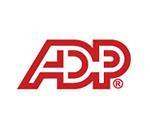Businesses with employees in the field have limited control over their employees’ timesheets and overtime schedules, if not equipped with a way for them to clock in and out remotely. With customer needs changing and the completion times of different projects varying, it can be difficult to truly optimize the amount of time your staff have in the field each day (if they have to budget certain time in their total time on the clock simply to return to the office and begin/end their workdays). This ultimately leads to high, unwarranted overtime expenses that may hurt your bottom line.
So, how exactly does unnecessary overtime increase the costs of doing business? It means you’re unnecessarily spending on time-and-a-half payouts (not to mention, you’re likely also paying for wasted fuel costs by your company vehicles during unnecessary trips to the office). In fact, your organization may currently be paying too much in OT, and you might not even be aware of it!
Here are some quick stats about timekeeping and overhead costs for businesses:
- According to Mike Davie with Entrepreneur.com, 30% of total earnings are impacted by incorrect data.
- Finances Online reports that according to Connecteam, time theft affects 75% of companies.
- Eric Garton and Michael Mankins of Harvard Business Review report that businesses are 40% more productive when they effectively manage scarce time, talent, and energy.
Ensure your business is staying as profitable as it can be by identifying and curbing unnecessary overtime using these simple tips.
Provide a solution for mobile timekeeping.
Overtime can more easily be prevented if your employees have a timekeeping software they can access remotely, as it keeps them from being “stuck” in the field (yet still on the clock after a final work order for the day is complete). As a mobile timekeeping tool is just one key feature that many quality workforce management solutions typically offer, software like this can help your business track time better and also provide other key tools to help it run more efficiently.
Workforce management applications that offer solutions for remote timekeeping also do more than simply help you reduce unnecessary overtime costs, however. They can even allow your staff to help serve more customers per day by eliminating certain amounts of time budgeted each day to drive back to HQ just to clock in or clock out. With an ability to track breaks, lunch periods, and clock-in/-out times in the field, employees can truly maximize the amount of time they spend working at customer locations and keep productivity and quality customer service sustained.
Maximize your employees’ available time each day.
Ensuring your employees are equipped with the bandwidth and tools needed to complete work orders as efficiently as possible, and with as little travel back to HQ as possible. If an employee regularly must drive 30 minutes or so each day back to the office from a work location in the field just to clock out, that’s valuable time that could still be spent at a customer location instead. A system for remote timekeeping eliminates the hassles and costs of a stationary time-clock system by providing more flexibility, mobility, and convenience for field workers to track their hours.
With the aforementioned workforce management software, using its features in tandem to track your company vehicles’ locations 24/7 and offer remote timekeeping solutions for employees enables your staff simply drive home once they’re done working a shift (without the need to return their assigned vehicle to the office every day). They can keep their company vehicle at their residence full-time (when not using it for work), helping you maximize time during the workday (while also keeping your valuable equipment secure and accounted for at all times).
Use data to refine your business operations and get more insight on overhead costs.
GPS data and timekeeping data (through the use of field service software) also help you understand more about your workforce and where your employees are when they begin and end shifts. These types of information help you provide better customer service as well, by allowing you to prevent unnecessary overtime before it happens and keep necessary staff on-site for longer. Rerouting the nearest available field employee to a new work order that can be completed in time before a day’s work is complete helps you enhance productivity and prevent the possibility of any of your staff running over on their schedules.
Timekeeping data also allows you to study trends in employees’ hours worked. If you notice certain individuals who may be routinely working extra time that isn’t approved, you can adapt your policies and actively reinforce accountability when it comes to scheduling and timesheets. Managers can use time-related business data to get in-depth insights on productivity, better ensure compliance, and make smarter work order scheduling decisions. All these different benefits result in cost reductions for your workforce, both in terms of less unnecessary overtime and higher output. With labor being one of the most prominent overhead costs for organizations, having better control and understanding over employee schedules in real-time makes it easier to keep these expenses in check.
By reducing overtime that isn’t needed, your company can spend less money and optimize its budget with ease. Ensure your organization has effective insight into its overtime costs using this information, so you can experience greater productivity, efficiency, and profitability.
Share this post:
About the author : Andrew Forest
Drew Forest is a writer, marketer, and content creator. He enjoys traveling, fantasy football, and watching Tampa Bay sports teams win championships.
















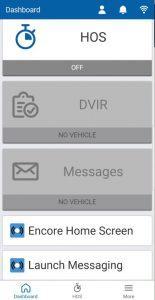
 Encore & Geotab Drive
Encore & Geotab Drive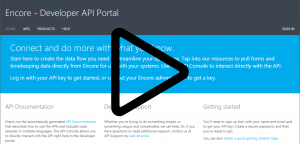
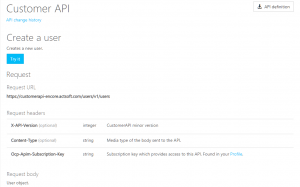
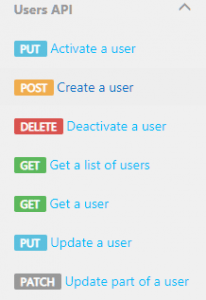
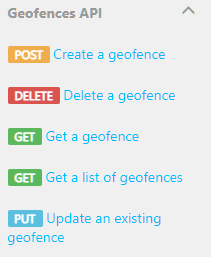
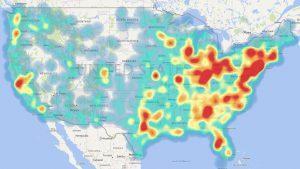
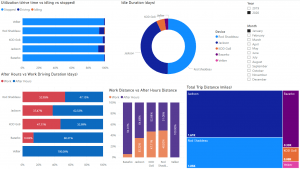
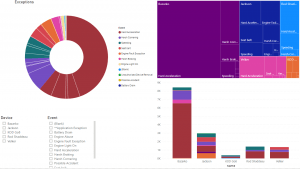
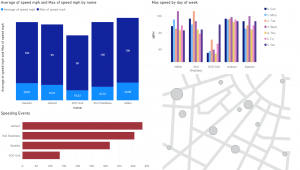
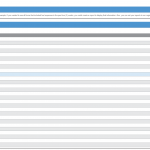
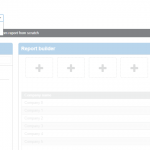
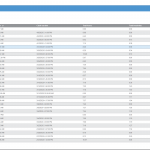
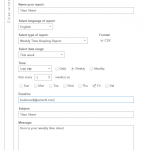



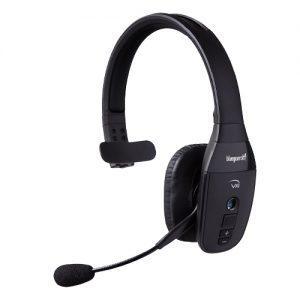
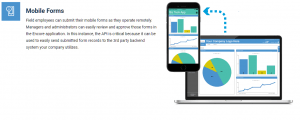
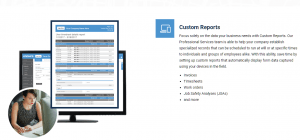
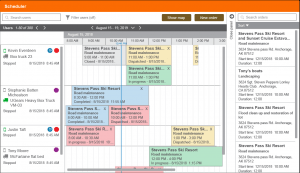
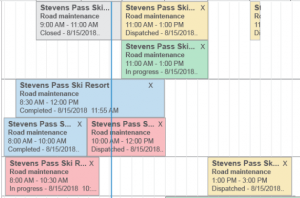
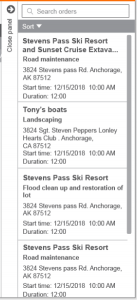
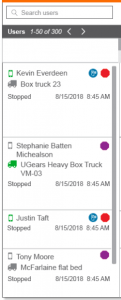
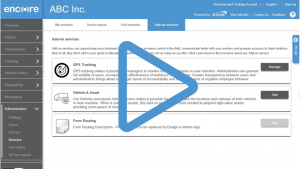
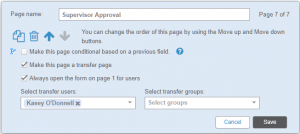
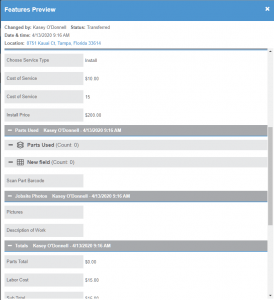
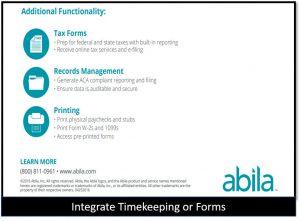
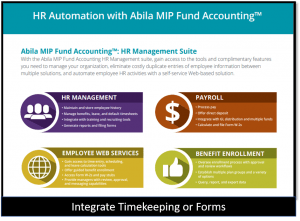

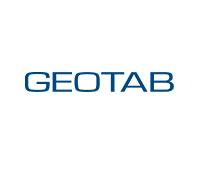 Gain even greater insight into the daily activities of your fleet using the combination of Geotab and Actsoft. Geotab devices provide detailed data collection and seamless integration with our solutions; learn more about the ways your vehicles are being used daily with the power of this tandem.
Gain even greater insight into the daily activities of your fleet using the combination of Geotab and Actsoft. Geotab devices provide detailed data collection and seamless integration with our solutions; learn more about the ways your vehicles are being used daily with the power of this tandem.



 Actsoft partnered with Odin to provide our solutions overseas, through payment processing integrations. Odin helps us support user management for our software; customers can also purchase our products through Odin’s billing platform.
Actsoft partnered with Odin to provide our solutions overseas, through payment processing integrations. Odin helps us support user management for our software; customers can also purchase our products through Odin’s billing platform.

 VisTracks powers our Electronic Logging Device (ELD) solution, which enables transportation businesses to easily automate their hours of service logs, remain in governmental compliance, and reduce their potential to incur costly fines.
VisTracks powers our Electronic Logging Device (ELD) solution, which enables transportation businesses to easily automate their hours of service logs, remain in governmental compliance, and reduce their potential to incur costly fines. Integration between Actsoft solutions and BeWhere’s software products is available. Take your team’s asset tracking, cellular data connectivity, and field insight a step further with effective, cross-application compatibility.
Integration between Actsoft solutions and BeWhere’s software products is available. Take your team’s asset tracking, cellular data connectivity, and field insight a step further with effective, cross-application compatibility.
 CalAmp tracking devices for vehicles and assets alike are compatible with Actsoft solutions, making it easy for you to efficiently monitor your equipment and fleet cars. Help your team enhance accountability, safety, and savings through a combination of easily installed hardware and intuitive software.
CalAmp tracking devices for vehicles and assets alike are compatible with Actsoft solutions, making it easy for you to efficiently monitor your equipment and fleet cars. Help your team enhance accountability, safety, and savings through a combination of easily installed hardware and intuitive software.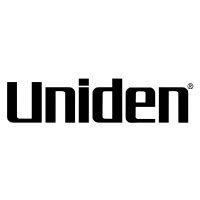 Our partnership with Uniden is ideal for companies looking to gain advanced diagnostics on their fleets. Uniden’s extensive product listing of car electronics like radios, dash cams, radar detectors, and in-vehicle communicators work in concert with Actsoft’s solutions to better connect your vehicles to the company headquarters.
Our partnership with Uniden is ideal for companies looking to gain advanced diagnostics on their fleets. Uniden’s extensive product listing of car electronics like radios, dash cams, radar detectors, and in-vehicle communicators work in concert with Actsoft’s solutions to better connect your vehicles to the company headquarters.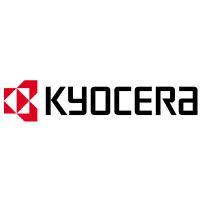 Kyocera offers a wide range of mobile devices, ranging in design from traditional phones to ultra-durable handset technology. Actsoft is able to equip organizations in a variety of different industries with solutions for improved business, while Kyocera supplies the technology they can flawlessly operate on.
Kyocera offers a wide range of mobile devices, ranging in design from traditional phones to ultra-durable handset technology. Actsoft is able to equip organizations in a variety of different industries with solutions for improved business, while Kyocera supplies the technology they can flawlessly operate on.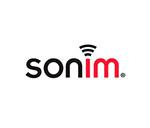

 Our software is the perfect complement to Apple’s user-friendly technology. Equip your workforce with the devices and solutions it needs for optimized productivity during daily operations with Apple and Actsoft.
Our software is the perfect complement to Apple’s user-friendly technology. Equip your workforce with the devices and solutions it needs for optimized productivity during daily operations with Apple and Actsoft.
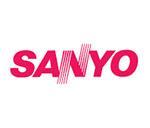 Actsoft and Sanyo teamed up to merge intuitive business management software with the technology of today. This partnership allows us to provide you with all the tools your team needs for improved workflows, better coordination, and optimized productivity.
Actsoft and Sanyo teamed up to merge intuitive business management software with the technology of today. This partnership allows us to provide you with all the tools your team needs for improved workflows, better coordination, and optimized productivity. Motorola’s mobile technology works in tandem with our solutions to provide extra versatility to your business practices. Coupled with our software’s features, Motorola’s reliable devices make connecting your workforce simpler than ever to do.
Motorola’s mobile technology works in tandem with our solutions to provide extra versatility to your business practices. Coupled with our software’s features, Motorola’s reliable devices make connecting your workforce simpler than ever to do. We’re able to bundle certain solutions of ours (including our Electronic Visit Verification options) with Samsung devices to help your team achieve as much functionality as possible, while keeping rates affordable. Use these combinations for accurate recordkeeping, improved communication, and smarter data collection in the field.
We’re able to bundle certain solutions of ours (including our Electronic Visit Verification options) with Samsung devices to help your team achieve as much functionality as possible, while keeping rates affordable. Use these combinations for accurate recordkeeping, improved communication, and smarter data collection in the field.